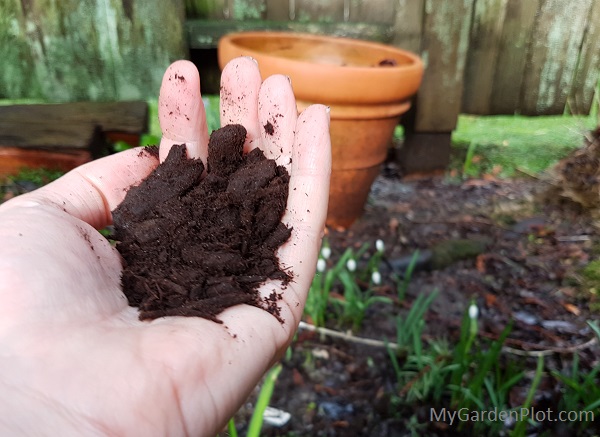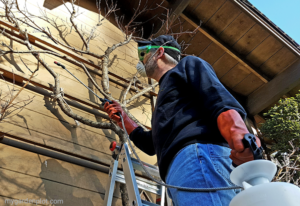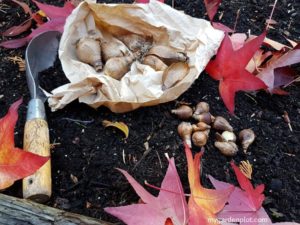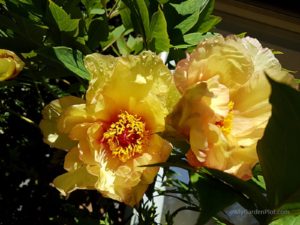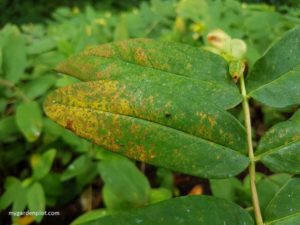We often read that one of the first things we need to understand is what kind of soil you have in your garden. It goes without saying that understanding the terminology about gardening soil is necessary for evaluating your garden beds. The following list contains commonly used soil terms that will help you get started. Also test your soil using a soil testing kit to understand how your garden may need improving and what plants may be suitable.
Determining your soil needs and improving the health of your soil is necessary for your plants to thrive and grow. When assessing your garden bed and your overall environment, consider what you have, improve where appropriate, and plant accordingly. For instance, if your soil pH leans towards acidic levels, consider planting acid-loving plants and design your gardening around this plant type.
Acidic soil: This refers to the pH level in the soil. Acidic soil pH is lower than 7 on the 0 to 14 scale.
Alkaline soil: This refers to the pH level. The alkaline soil has pH levels higher than 7. The pH scale ranges from 0 to 14.
Brown materials: Refers to the matter that includes (but is not limited to) dried leaves, tea and coffee grounds, paper, sawdust, wood ash and straw for composting.
Lime: Garden lime is used to lower the acidity and neutralize the soil. Lime is considered a soil ‘conditioner.’
Green materials: Refers the matter that includes (but is not limited to) grass clippings, green leaves, and kitchen scraps for composting.
Humus: This refers to partially-decomposed organic matter that contains living and dead bacteria.
Loam: This refers to the texture of the soil, which should incorporate a well-balanced proportion of sand, silt and clay as needed for any particular garden bed.
Mulch: Mulch is any material spread on the surface of garden beds. It is beneficial for adding nutrients (if using organic matter), retaining moisture and/or suppressing weeds.
N-P-K ratio: This ratio stands for the percentage of nitrogen (N), Phosphates (P) and potassium (K) in the soil necessary for growing healthy plants. The ratio varies depending on the needs of the plant and environment.
Organic matter: Refers to materials that are produced naturally vs artificially made products.
pH: This refers to the pH level in soil, which describes the level of acidity or alkalinity. The pH scale ranges from 0 to 14. See acidic and alkaline soil level explanations above.
Poorly-drained soil: Is when excessive water moves very slowly through the soil.
Potash: Group of minerals and chemicals containing potassium (K) essential for plant growth.
Soil tests: Soil test kits are generally an inexpensive purchase for testing your soil to assess what the pH level is in your garden bed.
Topdress: Topdressing is a soil term referring to adding extra fertilizer to the surrounding soil by established plans.

